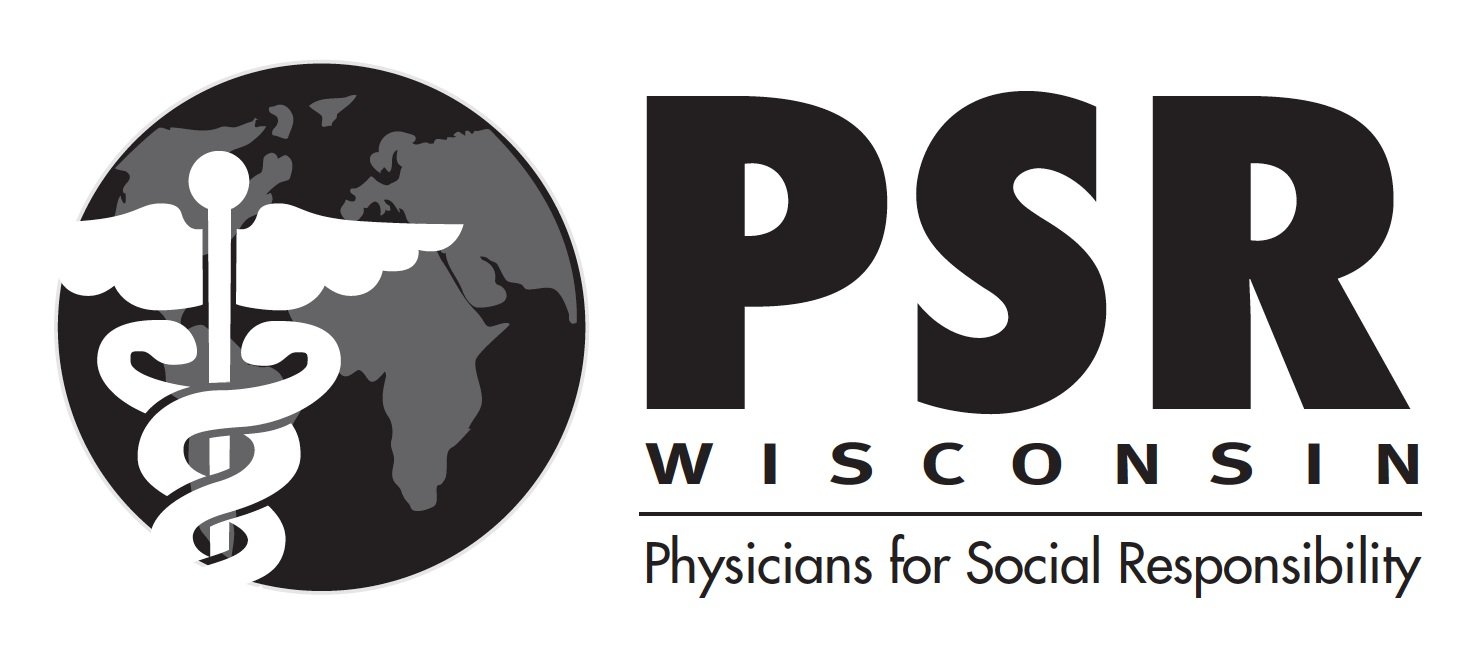Nuclear Power is not a solution for climate change.
By Amy Schulz, RN, President of Physicians for Social Responsibility Wisconsin
The recent proposal to extend the license of Wisconsin’s Point Beach nuclear reactor for 20 more years is bad for the health of Wisconsin residents. The two Point Beach nuclear reactors began operating in 1970 and 1972. The licenses are due to expire in 2030 and 2033 and the extension of these licenses will extend the life of these aging reactors to nearly 80 years. Nuclear energy is not a “carbon free” source of electricity as it is fraught with problems related to radioactive waste and pollution, safety, environmental justice and extraordinary costs. Wisconsin could replace the equivalent energy output of these reactors through renewables and conservation.
Because of radiation, nuclear energy is a dangerous and expensive way to boil water, produce steam, and drive a turbine which powers electric generators. The fuel used for this process is uranium. Mining uranium requires fossil fuels to extract and process it. These mines and processing mills are disproportionately found in communities of color and indigenous peoples’ lands which contributes to increased rates of birth defects, cancers and other diseases. (Roscoe RJ, 1995) Radioactive waste continues to be generated by each reactor. Presently, this highly radioactive waste is stored in pools or outdoors in dry casks (there isn’t a permanent repository for this waste and it’s vulnerable to a terrorist strike) (Biello, 2009) and will remain hazardous to humans for thousands of years. Three major nuclear accidents (Russia in 1957, Chernobyl, Ukraine in 1987, and Fukushima, Japan in 2011) have made the surrounding land uninhabitable for up to 20,000 years. (Blakemore, 2019)
Nuclear reactors were designed and licensed to operate for 40 years. As they age, we can expect an increase in accidents due to equipment failures. (Smith, 2006) Reactor pressure vessels are thick steel containers that hold nuclear fuel and serve as a barrier to keep radioactive material out of the environment. (U.S Nuclear Regulatory Commission, 2020) Nuclear reactors generate subatomic particles, which hit the steel and reduce the steel’s ability to withstand cracking and the stresses of operation. This is “embrittlement” and the Point Beach reactor #2 is one of the most embrittled reactors in the U.S. due to its age and materials, making it vulnerable to cracking and the release of radiation in the event of an accident. The Nuclear Regulatory Commission estimated that the Point Beach 2 reactor was to reach its “embrittlement screening limit” by 2017. (Zipp, 2014) Point Beach nuclear reactor is located on the shores of Lake Michigan, which supplies drinking water to millions of people in the U.S. and Canada. In the event of an accident, the radioactive contamination could be catastrophic.
Proponents of nuclear energy state that it is “emissions-free” technology and that this will help Wisconsin to meet its clean energy goals. (Hubbuch, 2020) This argument doesn’t account for the carbon costs that come with the extraction and processing of uranium and the construction and eventual decommissioning of these plants. The threat of permanently poisoning the planet from a nuclear accident far outweighs the benefits.
When one considers that Point Beach Nuclear Plant supplies Wisconsin with 16% of its electricity, we would have to create a similar amount of energy through renewables and energy conservation over the next several years. States around the country are implementing plans to reduce the effects of climate change and Wisconsin is following suit. The Governor’s Task Force on Climate Change included a 32 member task force representing a broad swath of the public. (Hubbuch, Report offers 55 new paths, 2020) Their report includes 55 recommendations for mitigating and adapting to the effects of climate change. (State of Wisconsin, 2020) (Dewar D, 2013) This is the path that Wisconsin should adapt for the health of our state.
Further information:
Wisconsin Resources Protection Council - Nuclear Power is Not Green or Clean
Green America - Nuclear Energy is not a Climate Solution
Letter from four Japanese scientists - Nuclear Power is not the Answer to Climate Change Mitigation
Before the Flood - Nuclear Power is Not the Answer
EnergyOnline - NextEra Energy Seeks License Extension for Point Beach Nuclear Plant
Citizens Awareness Network - Nuclear Power to Save the Climate? You Gotta be Kidding!
Bulletin of Atomic Scientists - The false promise of nuclear power in an age of climate change
